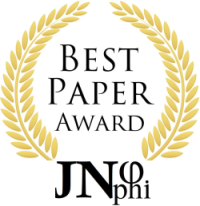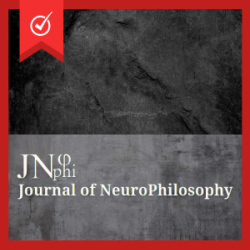The Mystery of Consciousness Paperback by John R. Searle
John R. Searle’s The Mystery of Consciousness is a compelling and accessible exploration of one of philosophy’s most perplexing problems: how do we explain consciousness within a physical world? Searle, a well-known philosopher of mind, is particularly famous for his Chinese Room Argument, which challenges the notion that computers could ever truly “understand” in the same way humans do. In this book, he brings his sharp analytical skills to a broad range of perspectives on consciousness, offering both critiques and alternatives to competing theories.
A Balanced Examination of Theories
One of the book’s strongest features is its engagement with diverse theories of consciousness. Searle examines materialist perspectives, such as those proposed by Daniel Dennett and Francis Crick, which argue that consciousness can be fully explained in terms of physical processes in the brain. He is particularly critical of Dennett’s eliminative materialism, which suggests that our everyday concept of consciousness is an illusion. Searle argues persuasively that such an approach fails to account for the undeniable reality of subjective experience—what philosophers call “qualia.”
At the same time, Searle does not align himself with traditional dualists who claim that consciousness exists outside the realm of physical explanation. He rejects Descartes’ mind-body dualism and instead proposes what he calls “biological naturalism.” This theory posits that consciousness is a higher-level biological feature of the brain, much like digestion is a function of the stomach. While entirely dependent on the brain’s physical structure, consciousness is not reducible to its individual neural components.
The Chinese Room and the Limits of Artificial Intelligence
A key theme in Searle’s work—both in this book and in his broader philosophical career—is the distinction between syntax and semantics. He reiterates his famous Chinese Room Argument, which challenges the idea that computers can ever truly understand language. In this thought experiment, Searle imagines himself locked in a room, following a set of syntactic rules to manipulate Chinese characters without knowing their meaning. Even if an external observer believes the system understands Chinese, Searle himself remains unaware of the language’s semantics.
This argument remains one of the most influential critiques of strong AI—the view that machines could possess genuine understanding or consciousness. Searle contends that computers operate on pure syntax, while human thought is inherently semantic, meaning computers cannot achieve true consciousness simply by running complex programs. This position puts him at odds with thinkers like Dennett and proponents of computational theories of mind, leading to some of the book’s most engaging debates.
Strengths of the Book
Searle’s writing is clear, engaging, and intellectually rigorous, making complex philosophical ideas accessible to a broad audience. He has a talent for explaining abstract concepts through vivid analogies and real-world examples, which makes The Mystery of Consciousness a rewarding read even for those new to the philosophy of mind. His critiques of competing theories are sharp but fair, and he is unafraid to challenge dominant trends in cognitive science and artificial intelligence.
Additionally, his discussion of qualia—the subjective, first-person nature of experience—is particularly insightful. Searle argues that any theory of consciousness that dismisses or ignores qualia is fundamentally incomplete. This insistence on the reality of subjective experience is a necessary counterweight to overly reductionist views that attempt to explain consciousness solely in terms of brain functions without addressing the “what it is like” aspect of experience.
Criticisms and Limitations
Despite its many strengths, The Mystery of Consciousness is not without its limitations. Some critics argue that Searle’s biological naturalism, while compelling, does not provide a fully fleshed-out mechanism for how exactly consciousness arises from neural activity. He asserts that consciousness is a biological process but does not offer a detailed explanatory model for this claim, leaving some questions unanswered.
Moreover, his criticisms of materialist theories, particularly those of Dennett, can sometimes feel dismissive rather than fully engaging with their strongest arguments. While he rightly points out the shortcomings of eliminative materialism, some readers may feel he does not give enough credit to the explanatory power of computational approaches to cognition.
Finally, while the book presents a strong case against AI achieving true consciousness, recent advancements in artificial intelligence and neural networks might call for a reassessment of some of Searle’s arguments. While his critique of symbolic AI remains relevant, modern deep learning models challenge some of the assumptions underlying the Chinese Room Argument, suggesting that the boundary between syntax and semantics may not be as rigid as Searle suggests.
Conclusion
The Mystery of Consciousness is an essential read for anyone interested in the philosophy of mind, cognitive science, or artificial intelligence. Searle’s biological naturalism provides a thought-provoking middle ground between reductive materialism and dualism, making a strong case for the reality of subjective experience while maintaining a commitment to a scientific worldview.
While the book leaves some questions open and its critiques of computational theories may need updating in light of modern AI developments, its central arguments remain highly relevant. Searle’s ability to clearly articulate complex ideas ensures that this book remains a valuable resource for anyone grappling with the nature of consciousness.



